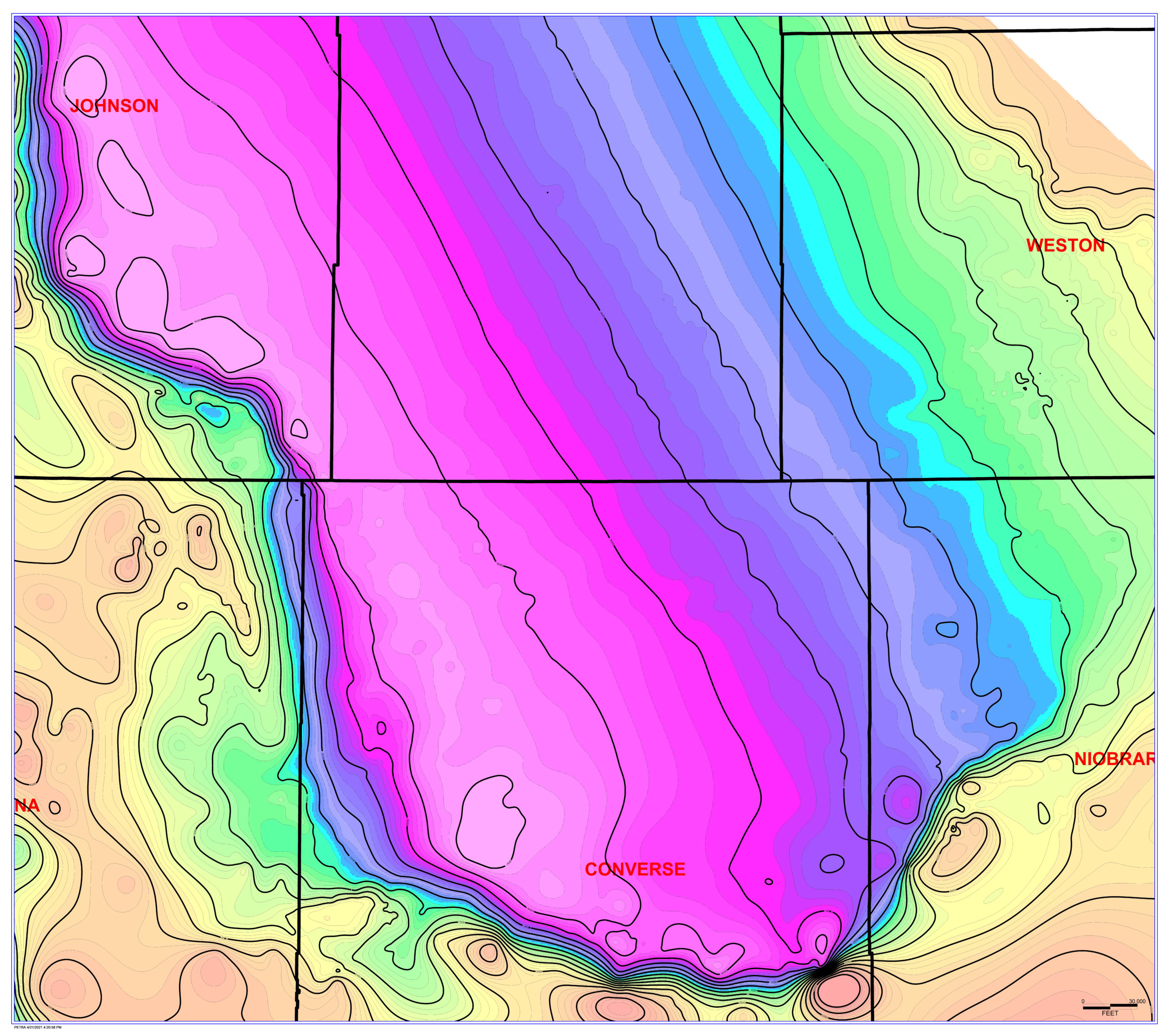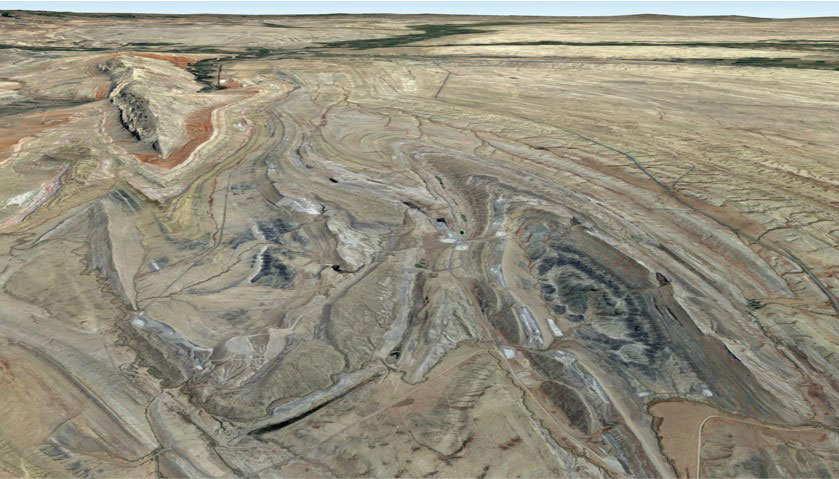Structural Analysis
We can apply our geologic expertise and experience to help you obtain the full value of your asset.
Structural Analysis
Crustal deformation is one of the most important considerations when studying any petroleum system. Faults and folds create structural traps of various sizes and forms, but they can also play more subtle roles such as influencing petroleum migration and seal dynamics. With unconventional resource plays, structural deformation can either enhance or hinder hydrocarbon production and these factors must be considered before large amounts of capital are spent.
The Permian Basin and the intermontane basins of the Rocky Mountains have rich geologic histories including complex burial records and pulses of uplift and erosion. Knowledge of these past geologic forces and their influence on present day oilfields provide analogs and clues for future discoveries.
Structure is a key component of the geologic history of a study area, and it must be well understood in order to extract the most value out of a producing field or prospect. We can apply our geologic expertise and experience to help you obtain the full value of your asset.

Interpreted seismic section indicating extension (normal faulting) along the flank of a major uplift in Wyoming.


Two maps of the Niobrara Formation within the Powder River Basin of Northeast Wyoming. The top image is a time structure map of the Niobrara in a select 3D seismic survey, while the bottom map is a basin-wide structure map of the Niobrara derived from well log tops. Hydrocarbon production from this unconventional formation is greatly impacted by structural deformation.
Full Structural Skillset

Image of the famous Sheep Mountain Anticline in the Big Horn Basin of Wyoming. Clear surface expressions of en-echelon folding suggest a component of strike-slip deformation.
Fault Block Identification
- Utilize advanced mapping algorithms to pinpoint structural deformation in an area with sufficient well control
- Identify faults by recognizing missing or repeated section within well logs
- Interpret geophysical data (both 2D and 3D) to establish the fault framework. Apply waveform attributes such as coherency to aid in fault interpretation
- Incorporate potential fields (gravity and aeromagnetic data) to help understand regional scale faulting/uplifts
- Apply isopach and isochore calculations to recognize variations in accommodation space through geologic time
Structural Controls on Hydrocarbon Productivity
- Recognize what elements of deformation enhance or destroy hydrocarbon production in either conventional and unconventional plays
Basin Experience
- Extensive experience of the geologic and deformational history of the Rocky Mountains and Permian Basin and the resulting hydrocarbon accumulations
Focused on structural geology for master’s thesis (M.S.)
Contact
We look forward to working on your next project.
Moosetooth Geological Consulting, LLC
6547 S. Dexter Street
Centennial, CO 80121
(303) 501-2571
maurits.thayer@moosetoothgeo.com
